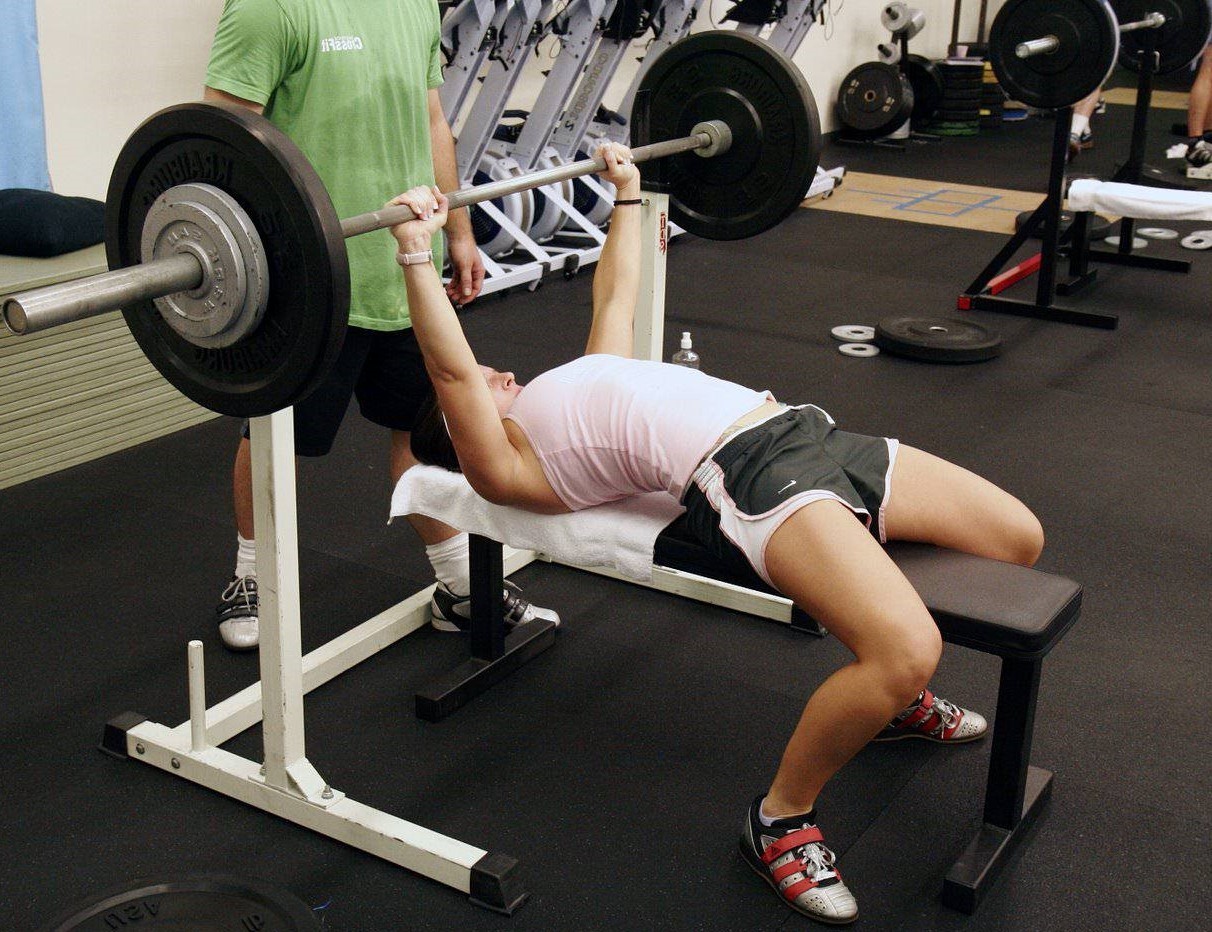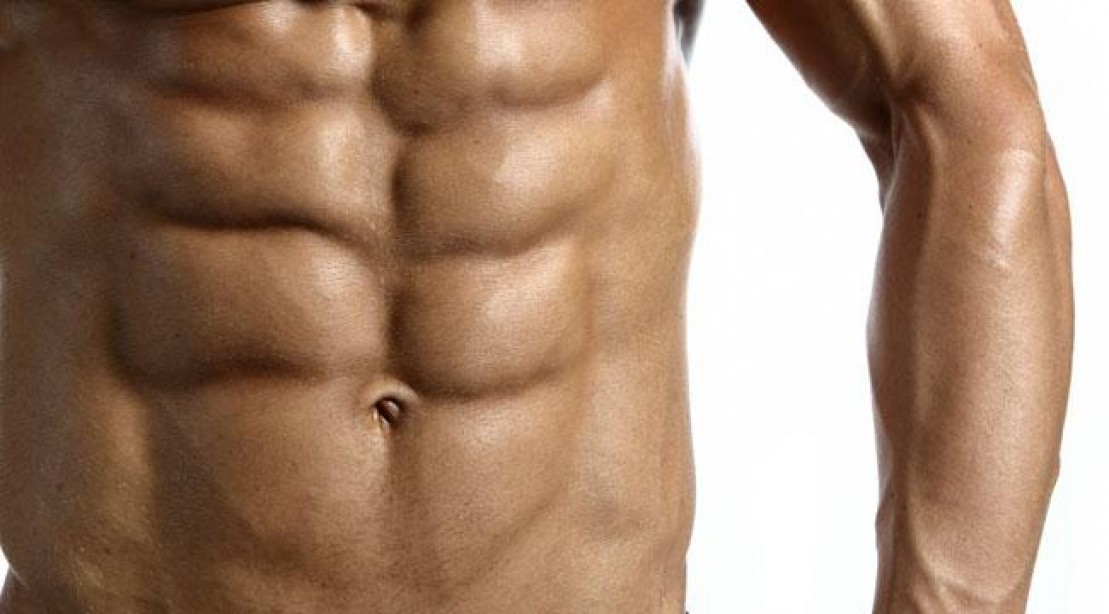I’ll be the first to tell you that I hate cardio. I hate taking time to dedicate specifically to improving my cardiovascular health.
I’ve done burpees, sprints, 10km runs, swimming, sled pushing, stair conditioning (on actual stairs), rope skipping, loaded carries, and most other things you can think of. I’m not a big fan of any of these exercises.
But they’re important, even if only occasionally. Doing something for your cardiovascular health beyond hopping onto an exercise bicycle for ten minutes or doing 20 squats (seriously, that’s not cardio) is important for longevity and to reduce the risk of heart-related disease.
The important question isn’t whether cardio matters, it’s how much cardio you need. And the answer is: not that much. It depends on what you’re already doing, what your goals are, and what’s fun for you.
What’s Your Sport?
The first question you need to ask yourself is how much cardio matters for your sport of choice. A weightlifter or powerlifter doesn’t need a lot of endurance. Strongmen need a little more, but it’s still second to strength (obviously) and power.
A martial artist is ideally going to prioritize endurance (both aerobic and anaerobic) to physical strength, and the list goes on. Most young athletes who train and lift to supplement their sport and enjoy lifting heavy as a pastime will need a lot more cardio than someone who is dedicated to the barbell.
If you have a sport or an athletic goal at all, then it’s important to understand that the day has 24 hours and you’re likely to have a job to support your hobby, or you’re going to school to further your studies.
This means you need to prioritize your training time, and that means dividing your time up in a way that’s efficient and conducive towards your goals. As someone who enjoys lifting heavy, conditioning is not very important to me. When I do train for the heart, it’s just to keep it healthy. I’ll write more about how you can check that later.
Make the Most of Your Time
Remember that your time at the gym matters. Spend time training, and train efficiently. The bulk of your training should be conducive toward a training goal, with minimal time spent doing other things that aren’t particularly important.
Sure, you can do a massive pressing circuit with ten second rest periods wearing a training mask on Saturdays because that’s your idea of fun, but it’s not effective or efficient outside of granting you some minor bragging rights.
Another thing to mention is that cardio – that is, exercise meant to improve your cardiovascular health – is quite complex in terms of effective programming. It’s not enough to aimlessly jog thrice a week or skip rope for five minutes and feel spent.
Endurance work is split between anaerobic and aerobic endurance, with most high-intensity interval training (HIIT) focusing on anaerobic endurance while steady state training (SSST) gives you greater aerobic endurance. Both matter, but for different reasons. No sport is entirely aerobic or anaerobic.
Your body switches between the two, which is why it’s important to train both. Fighting requires incredible cardiovascular endurance, but you also need to spend a lot of time in an anaerobic state. If your conditioning sucks one way or the other, you’re going to get gassed much faster.
The same goes for traditionally aerobic sports, like long-distance running or cycling, where you need to regulate your pace to set new records – sometimes going fast enough to switch over into an anaerobic state.
If endurance matters for your sport of choice, figure out what kind of endurance, and split your training both ways. Steady state cardio just involves maintaining intensity throughout the exercise, while interval training is about alternating between high intensity and rest.
Cardio and Fat Loss
Cardio is important for fat loss for several reasons. The simplest is that weight loss is generally a matter of calories in versus calories out. Another reason is that exercise improves your base metabolic rate, so you burn more throughout the day. Finally, improving your cardiovascular health can do a lot to counter the risks of obesity.
While burning more than you eat is the general rule, there are many exceptions, which is why you need to see a doctor before you go on a diet or enter an exercise regimen. Medical conditions can stall weight loss, cause weight gain, or even make exercise dangerous because you’re putting more strain on your heart or body than it can handle.
Thyroid problems and hormone imbalances can make losing weight very difficult, no matter how much you exercise or eat less. In fact, some people develop eating disorders because they can’t lose weight the “traditional way”. Do yourself a favor and get your blood and body checked to see if there’s anything you should know or treat before you start an exercise regimen.
If you’re obese – and not because of an underlying condition – then cardio can be a great way to lose weight. Even if your weight gain is medical, cardiovascular training is just plain healthy. But it’s just one part of the bigger picture. To lose weight, you need to burn more calories than you consume daily, but maintain a diet that is still healthy, balanced, and gives you all your nutritional needs.
A Balanced Diet, Not a Fad Diet
Eating less than 500 calories a day is not healthy and is going to massively impede your weight loss, due to the way your body responds to cues of starvation. Eat less but eat normally. You’ll have to learn what normal means, especially if you’ve spent years struggling with disordered eating.
Typically, you’ll want to look at your current caloric needs (there are a million calculators online, try a few and find an average), and cut about 500 calories from that number to lose weight. Exercise can help you do that because not only will it help you burn more calories, but it also changes the way your metabolism works. Exercise of any form will cause you to consistently burn more calories long after your workout, especially if you did anything that would lead to muscle growth.
The reason cardio is prescribed more often than weightlifting is because it burns much more.
Weightlifting consists of a lot of high-intensity work, in incredibly short intervals with very long relative rest periods. When you’re lifting a lot of heavy weight, you usually spend about 45-120 seconds per set.
The heavier the weight is, the more rest you need to give your nervous system to recover from the training and move onto the next set, with rest periods from 90-300 seconds. Most strength training programs don’t involve the kind of work necessary to count as endurance, and you generally don’t burn a lot of calories.
But from a fat-burning perspective, it’s still worth doing strength training because the muscle growth from strength training increases your overall metabolic rate (the more muscles you have, the more you burn while doing nothing at all, and making muscles is also pretty calorie-intensive).
Keep It Simple
The idea, then, is simple: do cardio, and lift weights. If you’re very overweight and very unhealthy, prioritize your weight loss both in the kitchen and at the gym. Follow a program that includes very intense as well as steady conditioning work (like sled pushes on one day, walking on another) and has you spend some time under the barbell.
If you’re looking to lose a few pounds, you can get away with training consistently while watching what you eat. Your cardio should be enough to burn calories but not so intense that it stresses your adaptive response (brisk walk versus hard run). Contrary to popular belief, you don’t need to be in a caloric surplus to gain strength: strength is largely about neural adaptation not just muscle growth. Even if you lose weight, you can improve your lifts.
Your health is more important than the weight you lift. If you’re unhealthily overweight, then that’s a problem you need to tackle first – but you can still train with a barbell while doing your cardio and see positive results. If you just want to cut bodyfat, then prioritize your lifts and do cardio and dieting to steadily and slowly shed your fat.
Cardio and Health
Cardiovascular health is determined largely through the results of an angiogram. In general, your heart should beat 24/7 with no irregularities, adjusting your heartrate in response to physical activity or stress. A healthy person will have a regular heartbeat that doesn’t skip or reveal a murmur, with a resting heartrate that is appropriate for their age and gender. An unhealthy person can also have a regular heartbeat that doesn’t skip or otherwise suggest a defect, but they may have a much higher heartrate, as well as increased blood pressure (hypertension).
The reason everyone harps on about why it’s important to get your cardio in is because most people lead sedentary lives and eat more than they should, causing their heart muscle to grow weak while the heart must work harder and harder to push blood into all the right places. Severe obesity and conditions like diabetes further complicate things, which is why a common symptom of diabetes is bruising and dead extremities.
To Do Cardio Or Not To Do Cardio
Cardiovascular training can stave off these problems, as well as help an obese person burn fat and make it easier for their heart and body to do its job.
If you’re overweight, it’s fair to say that you need cardiovascular training, if only to make sure your heart is strong enough to support your weight.
If your bodyweight is normal, then the best way to check if cardiovascular training should be a priority for you is by checking your resting heartrate. A resting heartrate higher than recommended is dangerous. Too low of a resting heartrate can also be a problem and is usually caused by the heart becoming too weak to beat fast enough to support the body.
How To Test Your Heartrate
To test your heartrate, pick a time of day when you haven’t had coffee but have been awake for several hours, and aren’t in any state of emotional or physical arousal. Then, find your pulse. Major arteries in the neck and wrist are ideal locations. Take a timer or have someone else take a timer and count how often your heart beats in ten seconds. Multiply that by six, and you have your bpm, or beats per minute.
Your heartrate will depend on individual factors, including age and gender. But generally, a heartrate of 80 bpm or below is good. A heartrate of 80-100 bpm is bad. A heartrate of 100 bpm and above is not healthy either. Unless you have a heart condition that explains your heartrate, or you’re very nervous, you should do some exercise.
A heartrate below 60 bpm is not a cause for concern if you’re an athlete and is quite normal if your sport requires a lot of conditioning. Some athletes have a heartrate as low as 40 bpm. But if you don’t do a lot of exercise and have a very low heartrate, you may have something else going on.
To summarize: cardio is important, but how much of it you need depends on your goals. If you’re obese, do intense and steady cardio on alternating days. If you’re just dieting a bit or want to improve your cardiovascular health, stick to steady cardio. And if you’re an athlete, do what your sport demands.
Want to lift heavier and avoid injuries? 💪🔥
Download our FREE '5-Minute Warm-Up Routine for Maximum Lifting Performance' and get primed for every workout!
Click below to grab your copy now!👇
👉 Download the Free Guide




